Dyslexia
The Individuals with Disabilities Education Act (IDEA) includes dyslexia under the eligibility category of Specific Learning Disability, although dyslexia itself is not defined.
In Connecticut, if a Planning and Placement Team determines that a student has a primary disability of specific learning disability that warrants special education instruction and in turn, the development of an Individualized Education Program, the team is then required to determine if the specific learning disability is dyslexia.
Connecticut’s Working Definition of Dyslexia
As noted, dyslexia is included in the IDEA as a specific learning disability. Dyslexia impacts reading, specifically decoding and accurate and/or fluent word recognition and spelling. Dyslexia is neurobiological in origin and is unexpected and/or inconsistent with a student’s other abilities, often despite the provision of appropriate instruction. Dyslexia usually results from a significant deficit in phonological processing (i.e., a persistent difficulty in the awareness of and ability to manipulate the individual sounds of spoken language).
Typically, students with dyslexia have strengths and cognitive abilities in areas such as reasoning, critical thinking, concept formation, problem-solving, vocabulary, listening comprehension, and social communication (e.g., conversation). Early identification and appropriate instruction targeting the underlying phonological, word reading, and spelling deficits that characterize dyslexia may minimize its educational impact.
Essential clarifications:
- Dyslexia is not primarily the result of visual, hearing, or motor disability; an intellectual disability; emotional disability; a lack of appropriate instruction; cultural factors; environmental or economic disadvantage; or limited English proficiency.
- Early identification of the characteristics of dyslexia is critical, leading to focused, evidence-based interventions, accommodations, self-awareness, self-empowerment, and school and life success.
- Without targeted, systematic and explicit instruction/interventions along with accommodations (e.g., accessible educational materials in content area subjects), students with dyslexia may have:
- reduced reading experiences that may impact the growth of vocabulary and background knowledge;
- difficulty with written expression; and/or,
- difficulty learning a second language.
- Students with dyslexia may demonstrate additional behavioral and/or emotional reactions to their difficulty with learning to read.
- Effective, research-based interventions for phonemic awareness and/or phonics may bring some students with dyslexia to grade expectations in those areas, but the students may still have lingering difficulties in reading fluency, spelling, and/or written expression, which may require intervention.
Understanding Dyslexia: National Institute for Improving Literacy (NCIL)
This toolkit helps parents and educators learn about dyslexia and how to support the literacy development of students with dyslexia.
- Connecticut State Department of Education's Working Definition of Dyslexia
Related Resources
Information and resources related to dyslexia can be found on the Bureau of Special Education's website: Specific Learning Disability and SLD - Dyslexia (ct.gov)

